Cabbage, kale, collards, radishes…Each of these vegetables is packed with a host of vitamins, minerals and other nutrients, plus the natural disease-fighting compound called sulforaphane.
Sulforaphane reduces inflammation, fights unhealthy bacteria and protects against carcinogenic toxins…and it only takes a few servings a month to realize the benefit. It is recommended in the prevention and treatment of cancer, diabetes, H. pylori (a nasty stomach bacteria that can lead to acid reflux and stomach ulcers), atherosclerosis, respiratory diseases, neurodegenerative disorders such as Alzheimer’s, kidney disease, ocular disorders, and cardiovascular disease (plaque build-up, hypertension, etc.) The National Institutes of Health has an on-going study investigating the benefits of sulforaphane for recurrent prostate cancer.1-5
Broccoli sprouts have the highest vegetable concentration of sulforaphane. At three days old, broccoli sprouts contain 10 to 100 times more sulforaphane than mature broccoli.6 Sulforaphane is also found in Brussels sprouts, cauliflower, bok choy, Chinese broccoli, broccoli raab, kohlrabi, mustard, daikon, turnip, radish, capers, nasturtiums and watercress.
But there is a catch. Sulforaphane doesn’t exist independently in plants; it must be created through a specific enzymatic process. The enzyme required is myrosinase. Myrosinase transforms the compound glucoraphanin (the inert form of sulforaphane), into sulforaphane upon damage to the plant. So, now you know why you need to properly chew before swallowing — no chewing, no sulforaphane. It is this compound released upon chewing that gives the characteristic bitter flavor to cruciferous vegetables, and it is this compound that helps injured plants with repair and healing. 7
If you are using a super green type food powder you need to do a little investigating. Does the powder have sulforaphane added to it? If not, does it contain glucoraphanin and the enzyme myrosinase to break down the glucoraphanin into sulforaphane? If not, then you may not be getting any sulforaphane from the powder.
Lightly steaming cruciferous vegetable will destroy some myrosinase, and if you cook the vegetable until it is soft most of the myrosinase will be gone. There is still value from the well cooked food, but it won’t yield any sulforaphane. You can complement cooked cruciferous vegetables with broccoli sprouts, mustard, horseradish, or wasabi. The latter three will create more sulforaphane because they are a rich source of myrosinase; the spicier the better as the spice is an indicator of myrosinase presence.8
Making your own sprouts with broccoli, radish and other seeds is easy; it just takes a few minutes a day.9 The nutritional value of young sprouts shows greater concentrations of vitamins, minerals, proteins, enzymes, anti-oxidants, trace minerals, bioflavonoids and cancer protectors, than at any other point in the plant’s life. Growing them will make you feel empowered, and eating sprouts will make you healthier!
Dr. Dunn is a licensed Naturopathic Doctor with over 20 years of experience. He is the author of the book The Family Guide to Naturopathic Medicine and has a private practice in Palm Desert. Contact: 760-341-6502 [email protected] www.DrJonDunn.com www.facebook.com/DrJonDunn
References: 1) Journal of Medicinal Plants Research Vol. 5(4), pp. 473-484, 18 February, 2011 Available online at http://www.academicjournals.org/JMPRISSN 1996-0875 ©2011 Academic Journals; 2) Tang L, Zirpoli GR, Guru K, Moysich KB, Zhang Y, Ambrosone CB, et al. Intake of Cruciferous Vegetables Modifies Bladder Cancer Survival. Cancer Epidemiol Biomarkers Prev. 2010 Jun 15.; 3) Tang L, Zirpoli GR, Jayaprakash V, Reid ME, McCann SE, Nwogu CE, Zhang Y, Ambrosone CB, Moysich KB. Cruciferous vegetable intake is inversely associated with lung cancer risk among smokers: a case-control study. BMC Cancer. 2010 Apr 27;10:162.; 4) http://clinicaltrials.gov/ct2/show/NCT01228084; 5) http://www.ncbi.nlm.nih.gov/pmc/articles/PMC2579766/?tool=pubmed; 6) Fahey JW, Zhang Y, Talalay P. Broccoli sprouts: an exceptionally rich source of inducers of enzymes that protect against chemical carcinogens. Proc Natl Acad Sci U S A 1997 Sep 16;94(19):10367-72.; 7) http://en.wikipedia.org/wiki/Isothiocyanate; 8) http://io9.com/5840436/add-spicy-food-to-your-broccoli-for-a-cancer+fighting-boost; 9) http://sproutpeople.org/




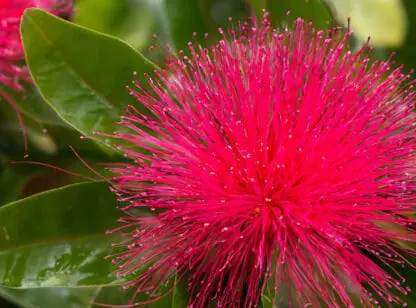





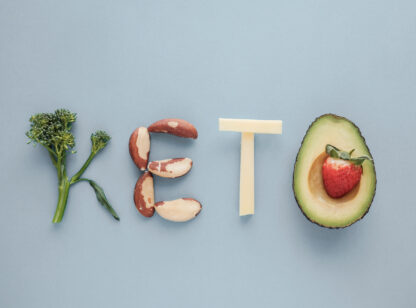
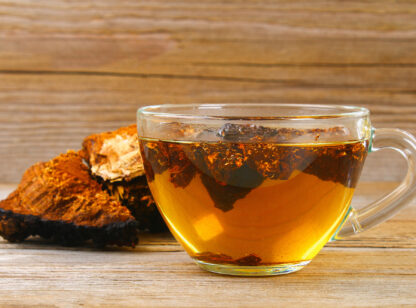


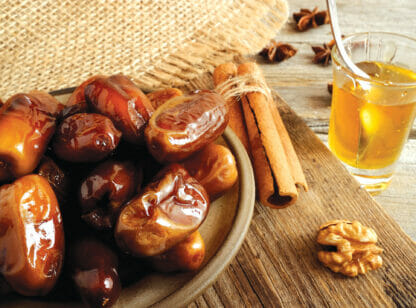
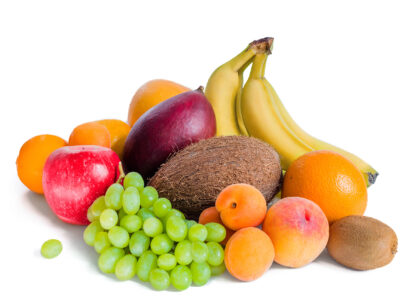
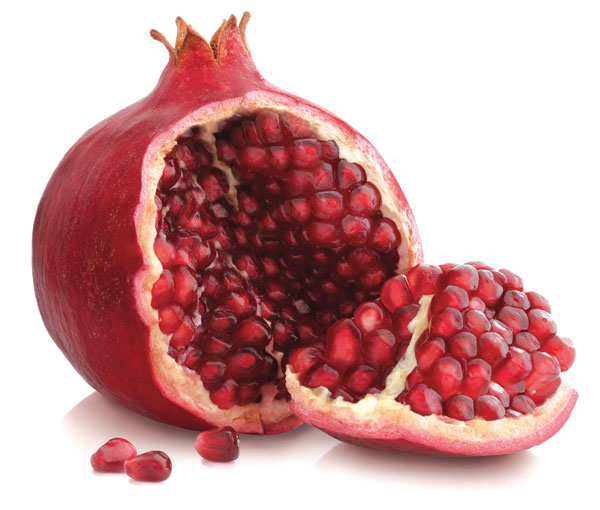
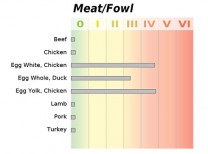
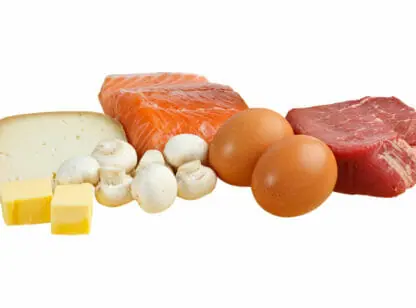


























Comments (0)